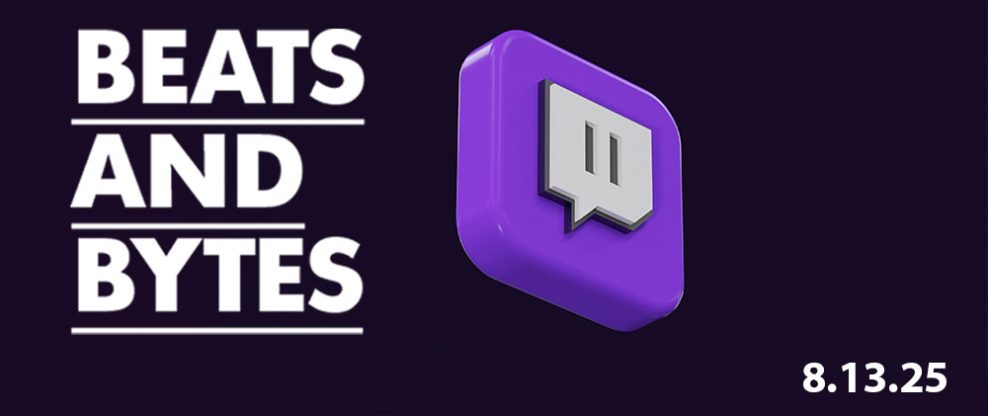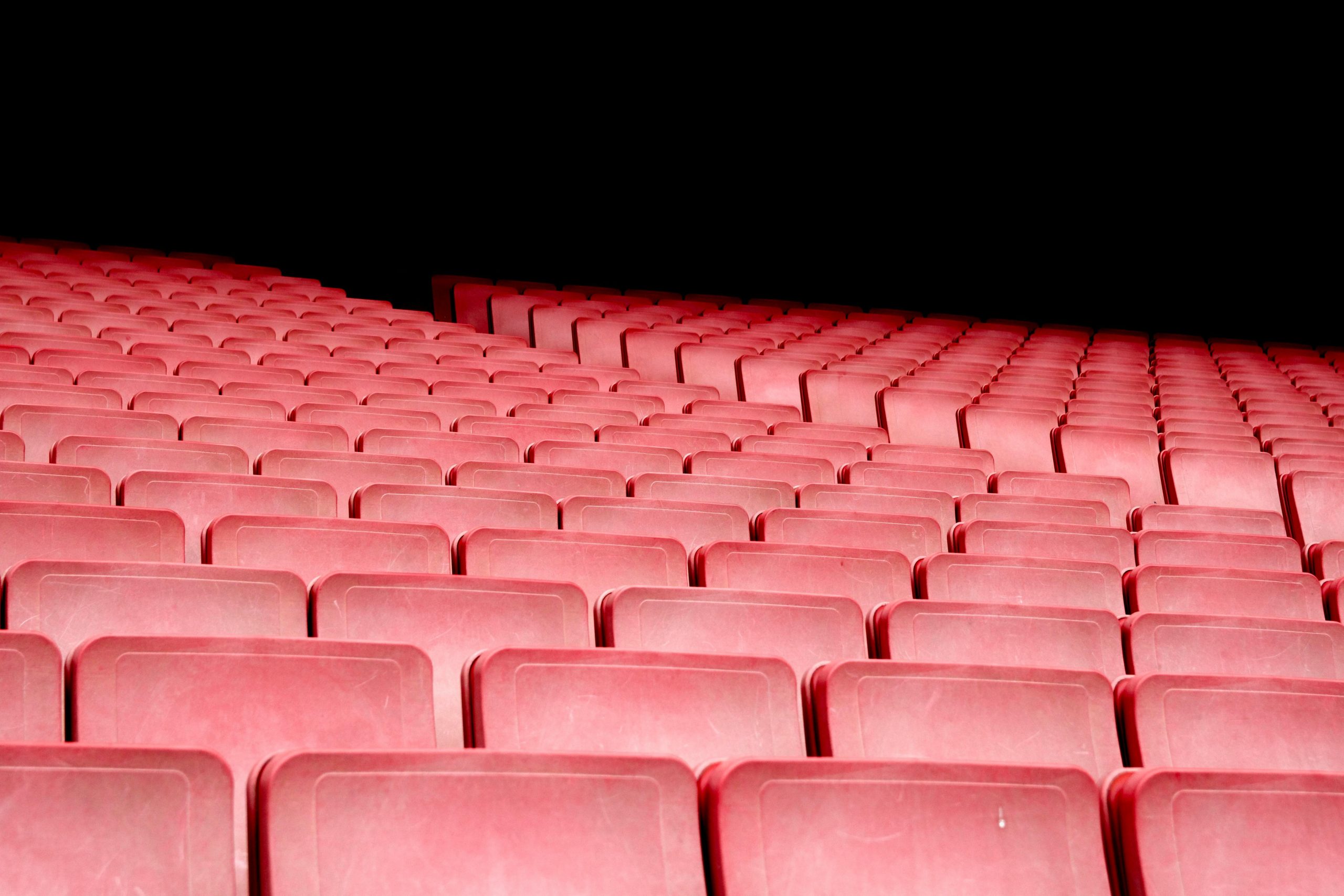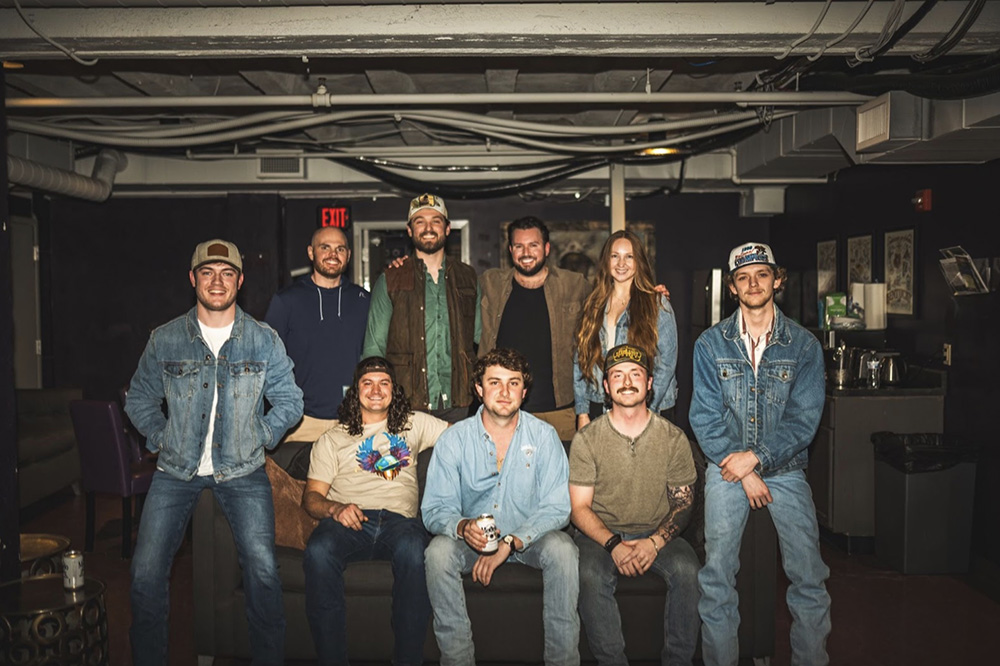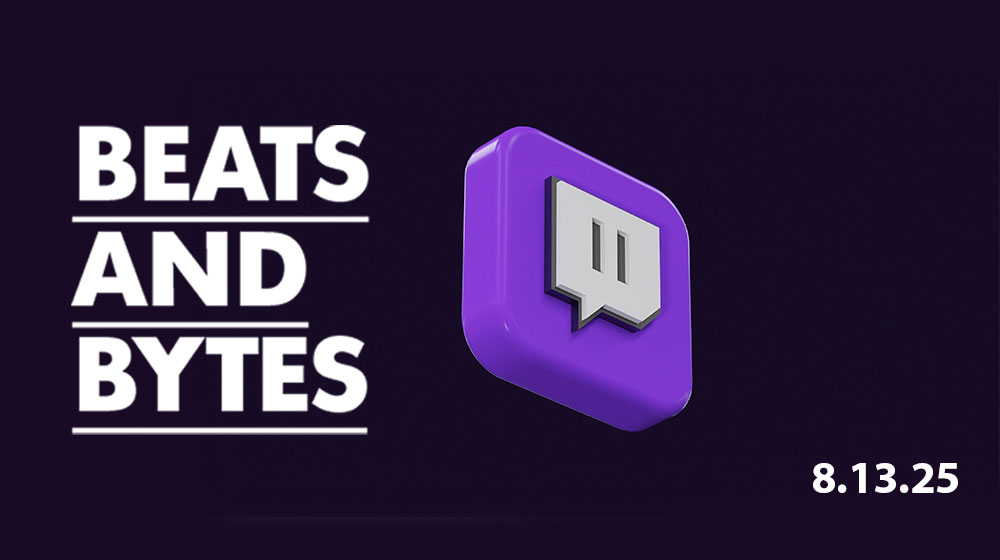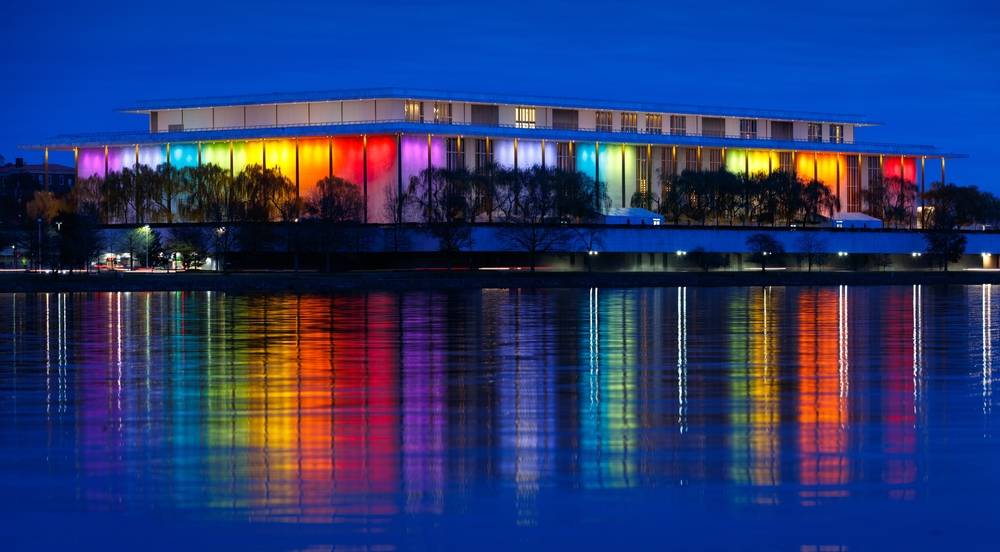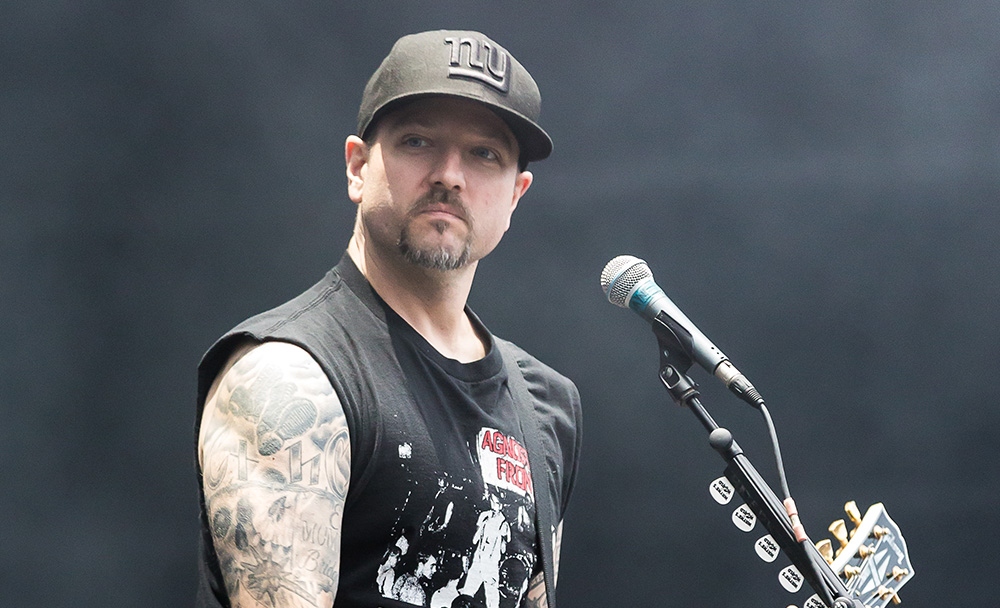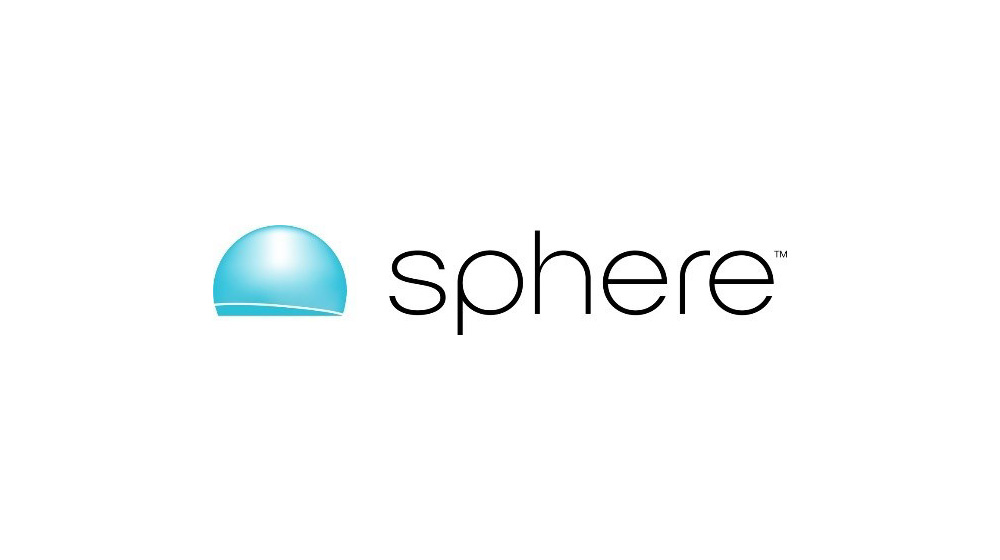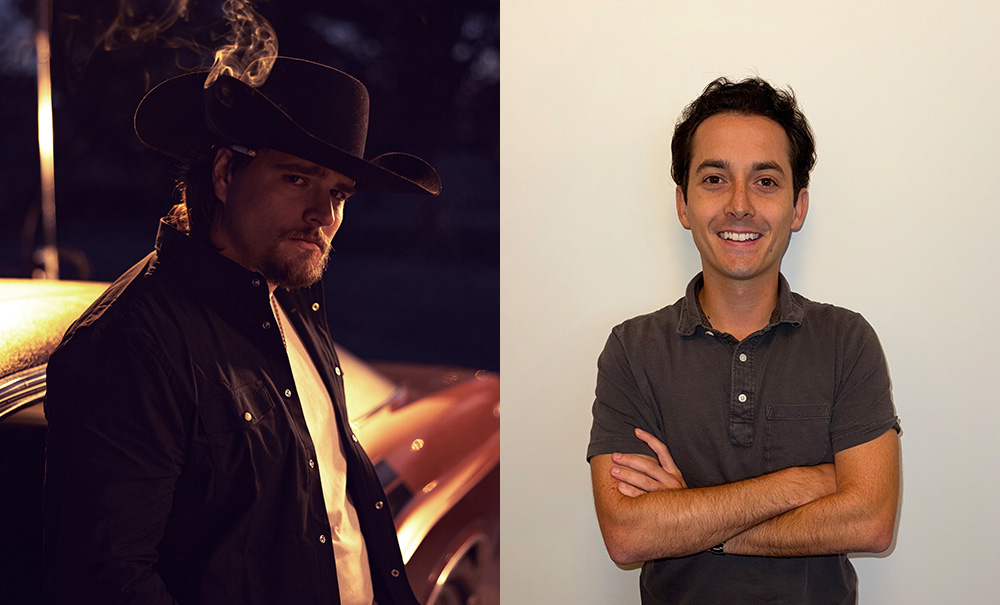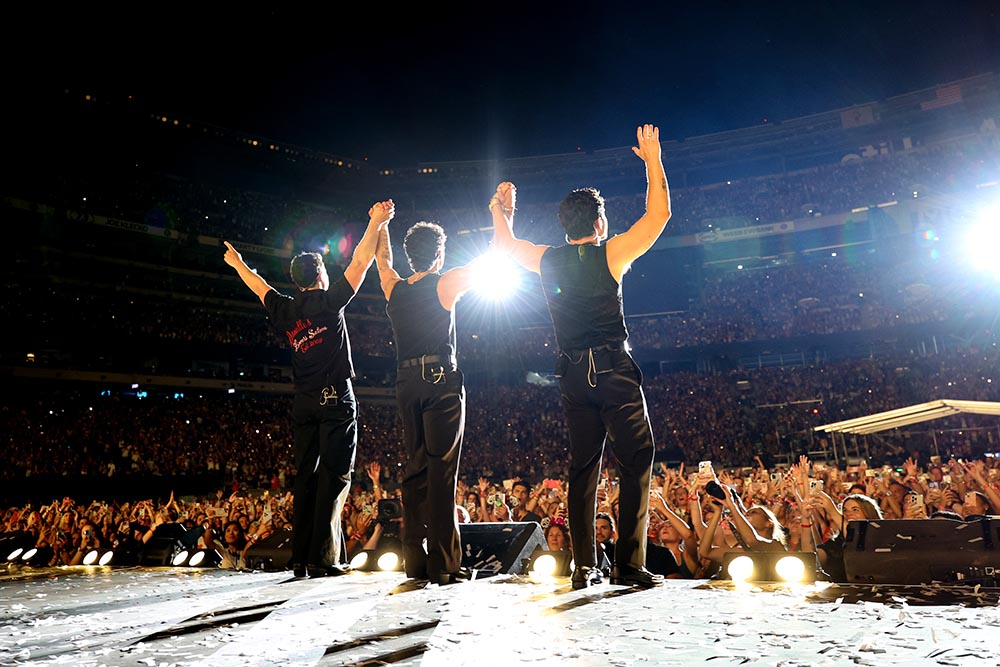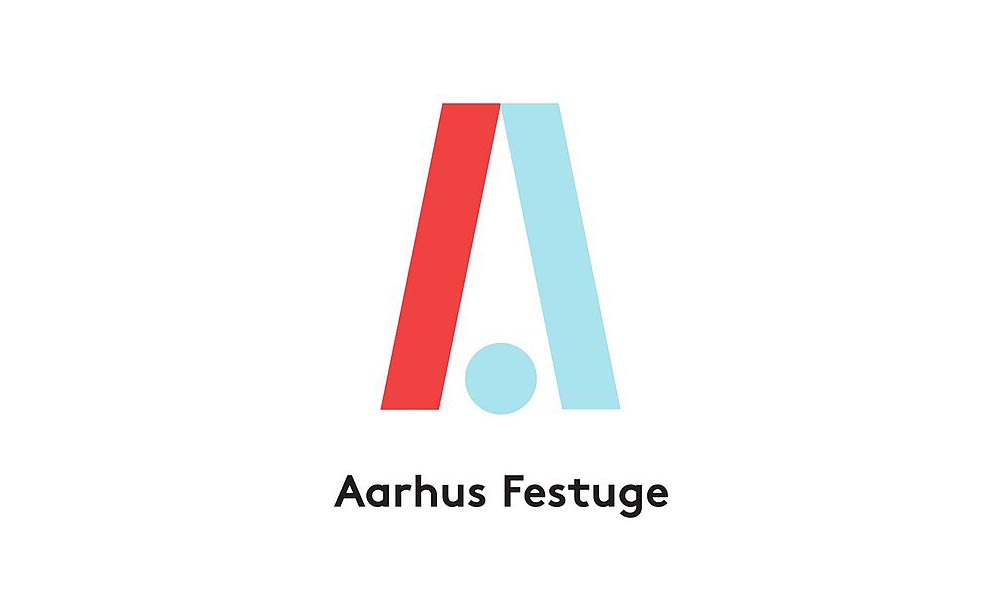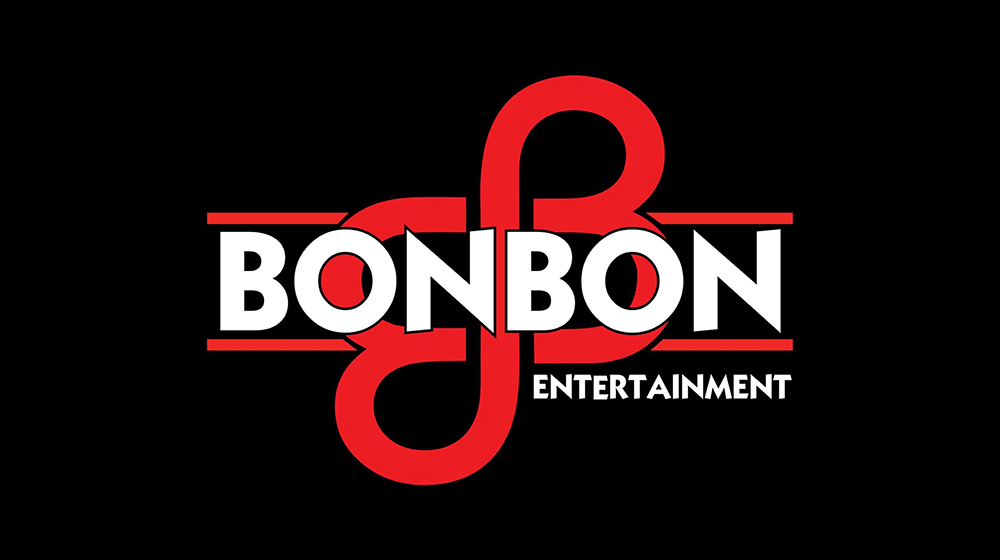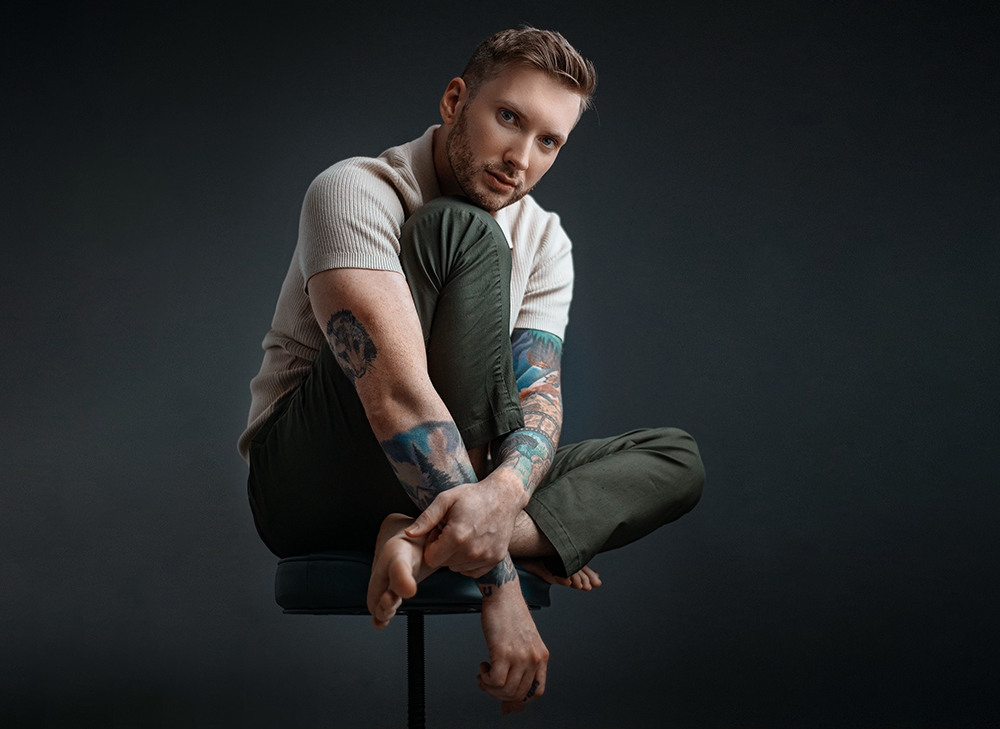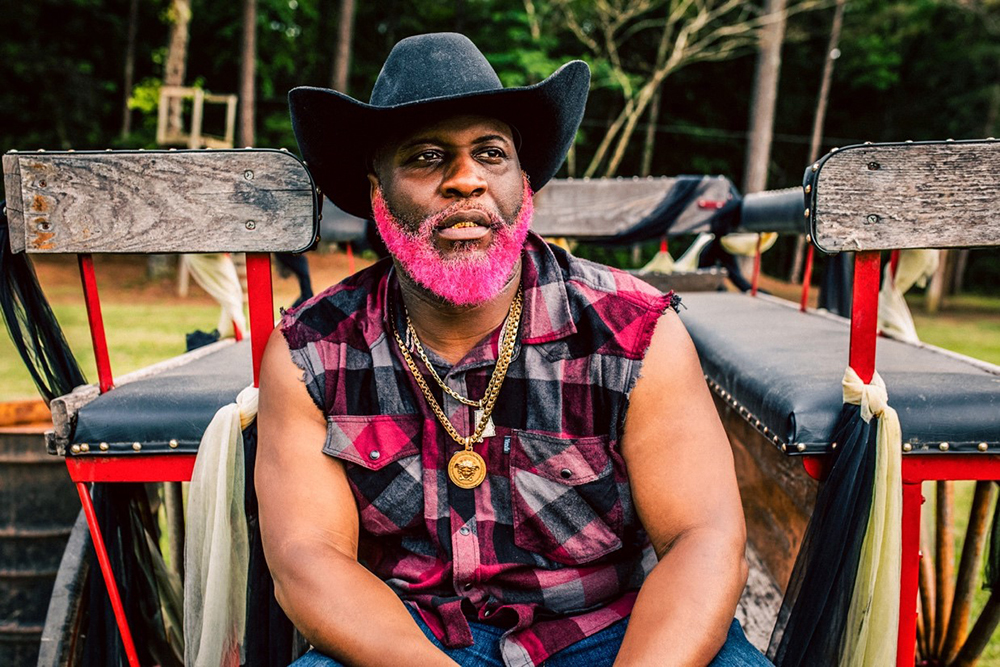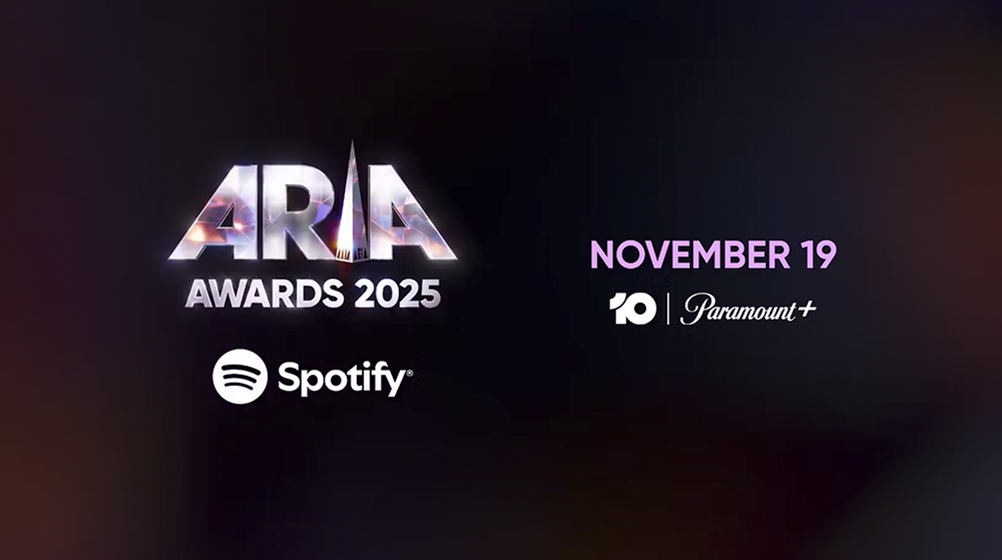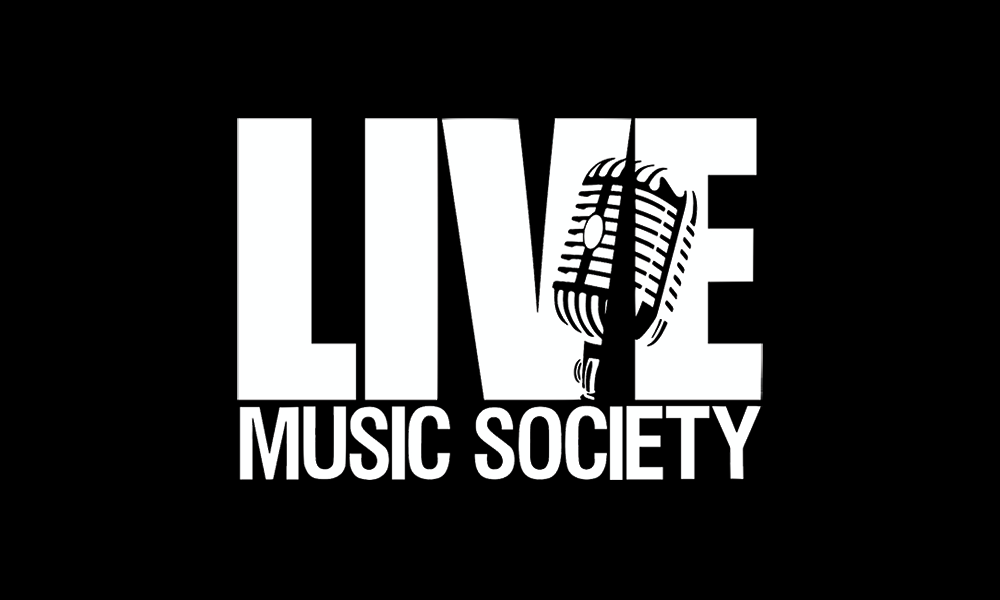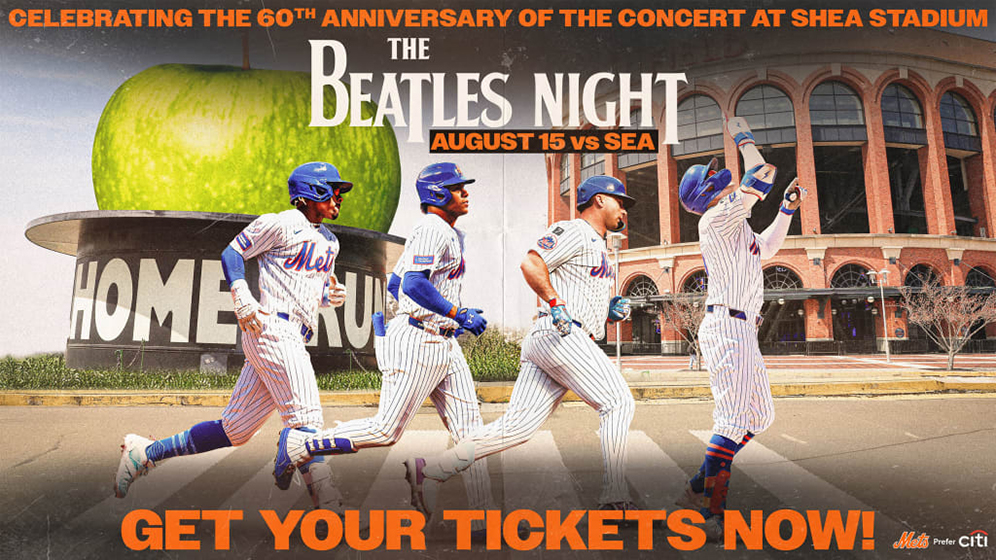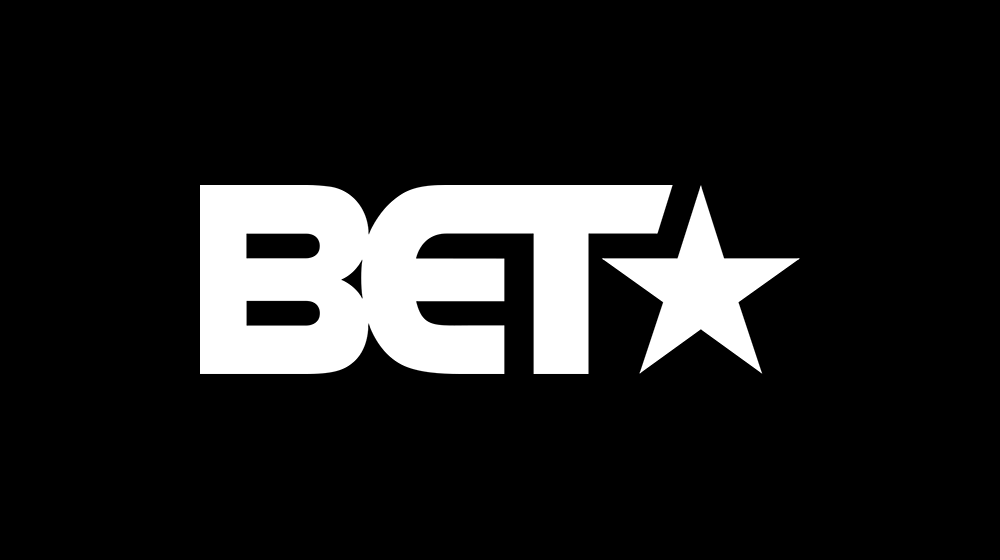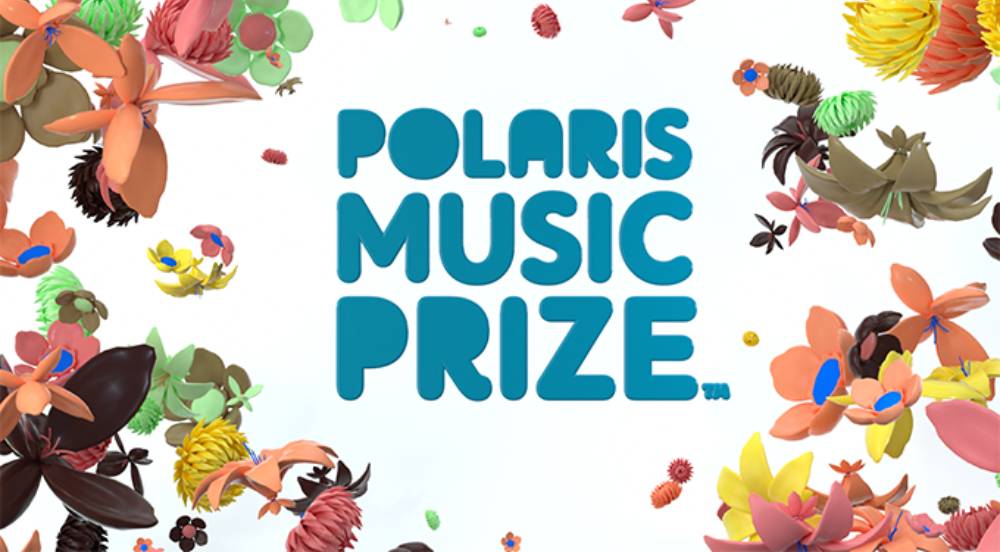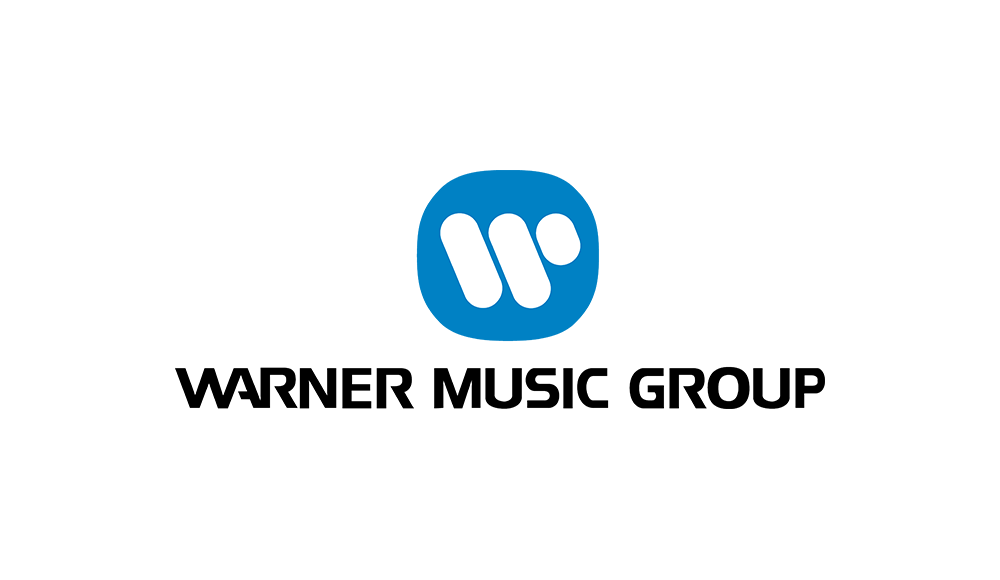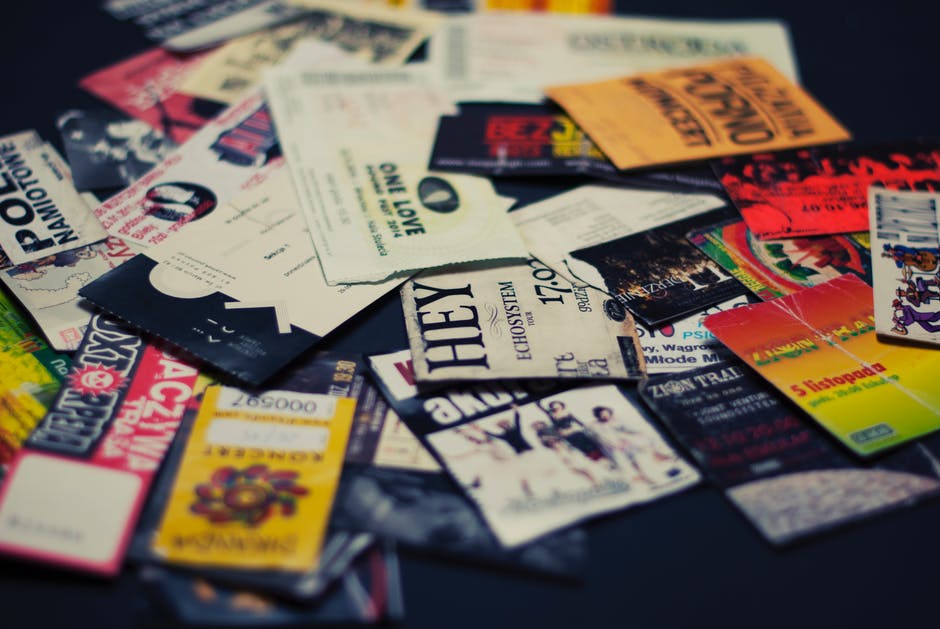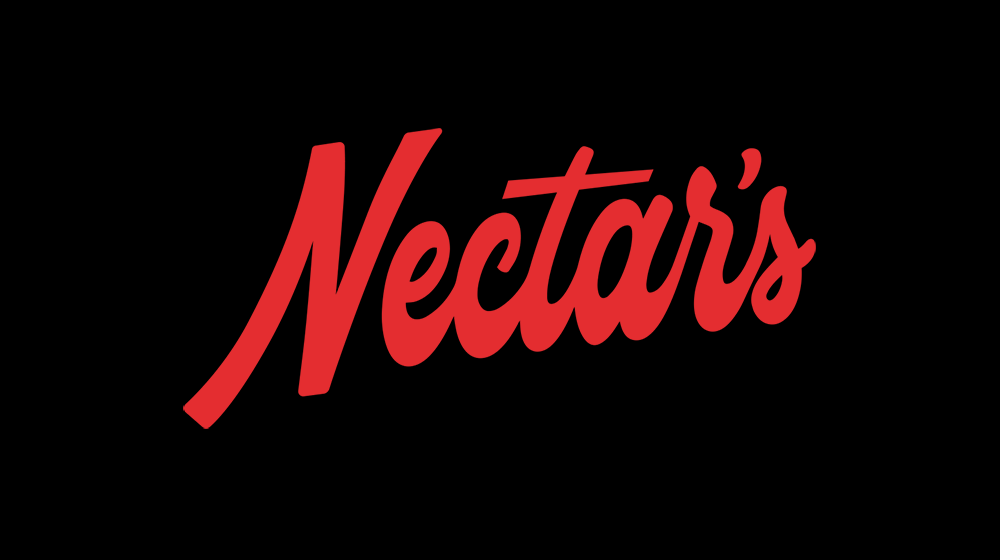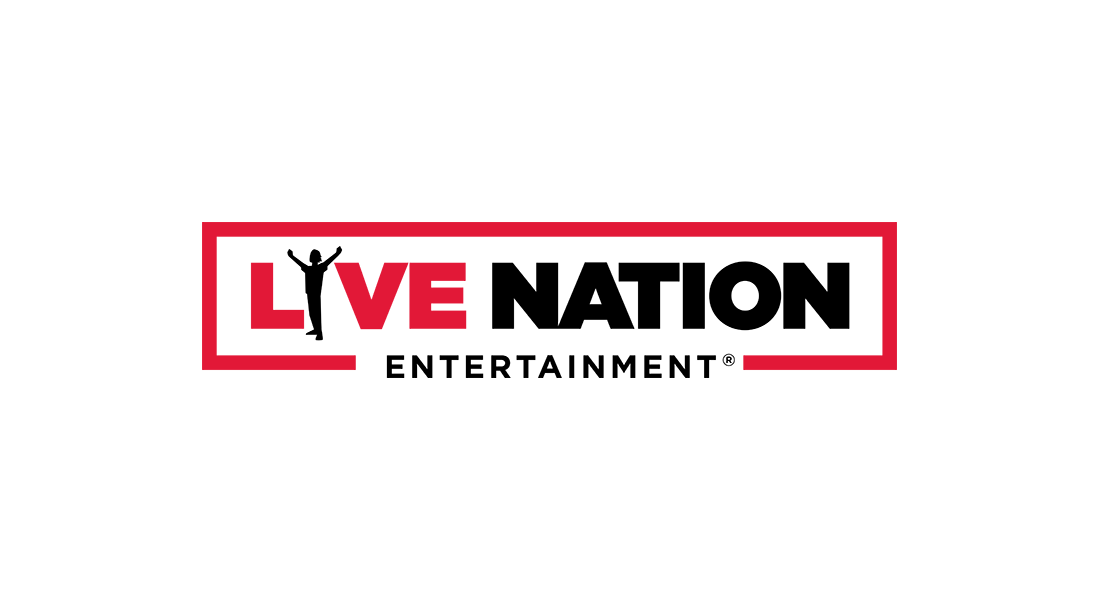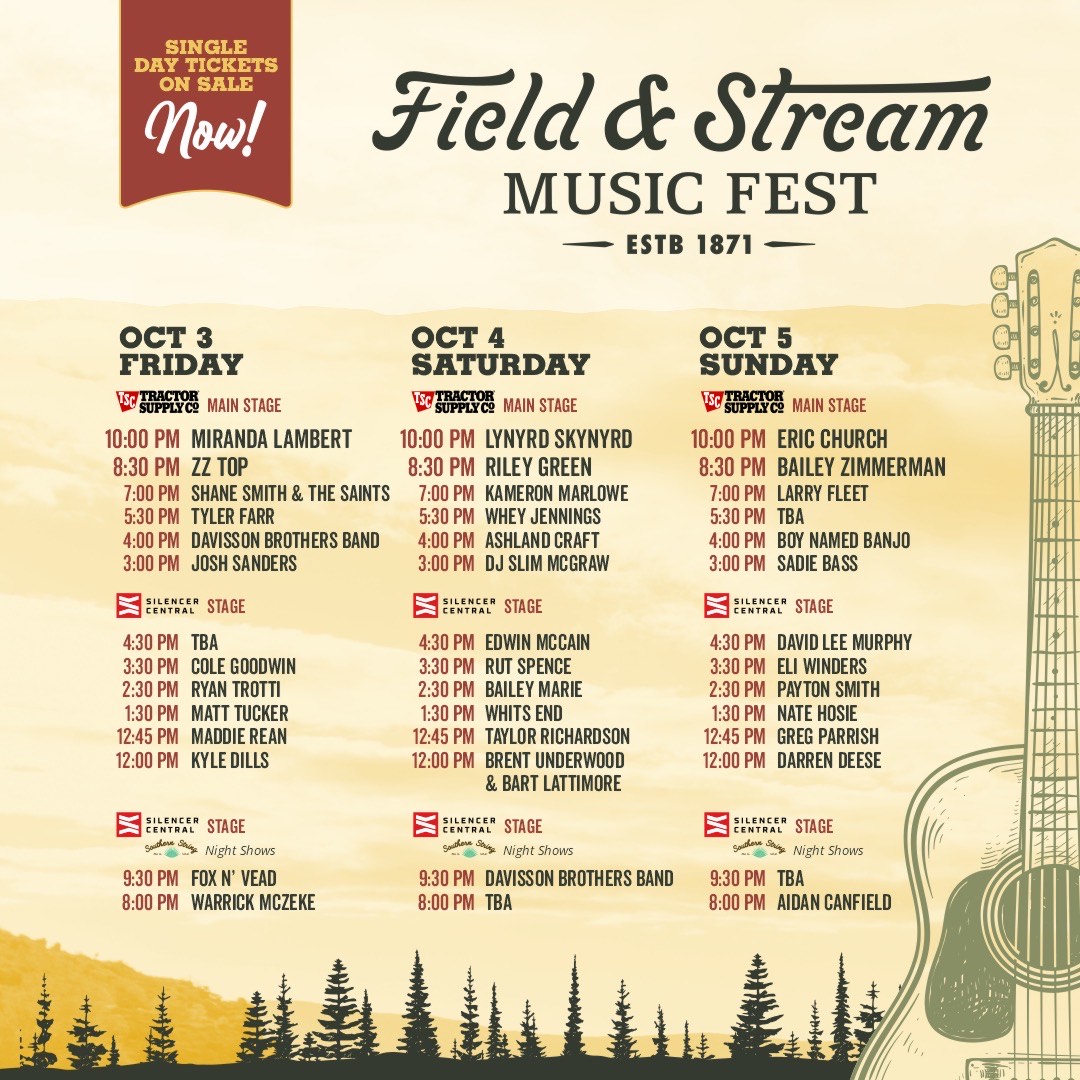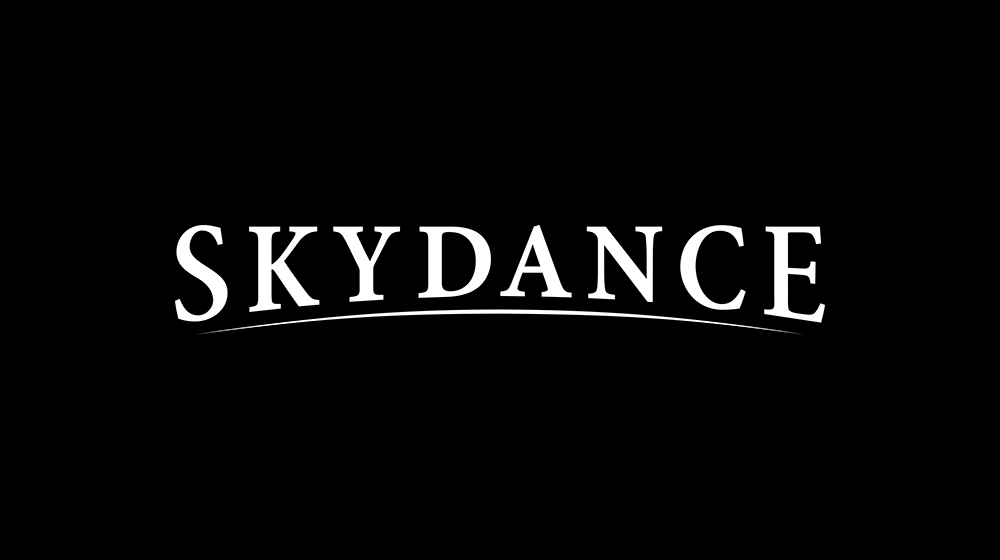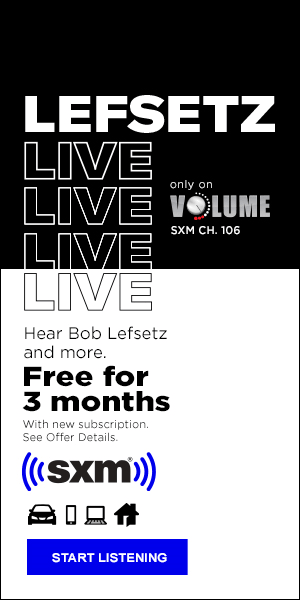The creator economy, alongside big tech and AI, is defining pop culture in the current moment, with digital creators often making more money than Hollywood stars. The top dogs in the online space undoubtedly have more influence.
We see it with the death of late night: the views aren’t there, the productions aren’t profitable, and the economics don’t work.
Colbert, Fallon, and Kimmel have been losing viewers fast. Millions used to tune in, but now their numbers look tiny compared to top streamers.
I’m sure you’ve heard of Kai Cenat, who’s on the cover of the creator issue for Time Magazine.
If Kai or MrBeast do a live stunt or event and get more live viewers in a night than the late night hosts generated in a week combined, then the new “late night” is basically interactive, live-streamed, and driven by chats and memes.
There is an evolution coming, though. ESports, TikTok, and Podcasts have created a new sound. The future stars are all growing on stream and on Twitch in particular.
This is a big opportunity for the marketing world, if it’s able to seize on the culture shift. Brands are starting to jump in as well. But It’s not time to be opportunistic or voyeuristic. This is a full-fledged paradigm shift. The next subculture of fandom is happening.
These new stars are breaking the 4th wall. In many ways, this is the manifesto of JustinTV, where Twitch originated. It’s finally taking shape.
What’s happening and why it’s different
The evolution of streaming is not about one viral moment. The next crop of stars are banking on many viral moments. Their streams are daily – sometimes 24 hours long – and continue while they sleep, but these are no snoozefests. The comment section of these streams never rests.
The technology is ready—seamlessly connecting phone, desktop, and TV—and user habits have caught up. People are eager for this kind of content over the same old formats.
This goes beyond social media. It’s 24/7 addictive fomo as fans see these communities as their people. Be it a Discord notification for an impromptu stream titled “we need to talk” or a quick glimpse of a hyper-specific aesthetic (neon diner, rain filter, VHS font) that feels like an invitation into a world; these are the points of view that people want to hear instead of “the news at 11.”
Why it matters
This isn’t live stream shopping (although it could be). This is a new Marvel universe. Like Marvel, fans follow lore and inside jokes, and new viewers are pulled in by the depth of the community. These streamers are avatars, turned up for the camera, and devoted to their fanbases. The people in the chat are so engaged that they are helping create the content.
This is a new subculture of unpolished content and it’s growing so fast thanks to its chaotic, unfiltered energy. It’s not about perfection, it’s about authenticity. These streamers have their own nomenclature; their own slang; their own worlds.
You can catch the stream, but it’s often the clips of them reacting, breaking character, or messing up that go viral because they’re imperfect.
Lives may seem spontaneous, but these streams are scheduled, timed, themed, and teased across social platforms like TV episodes. Think: “Tonight’s chaos at 8 PM PST.”
These creators also work together across time zones and platforms to make events feel cinematic, even if they’re just filmed on webcams. These are “streamer collabs as crossover events.”
And the chat is defining the times: the fans aren’t just watching, they’re steering the narrative.
How it works
The Discord is for organizing ideas and galvanizing the community by driving fan theories, collab suggestions, inside jokes, and feedback loops. Just like Reddit once shaped early YouTube fandoms, Discord is the new writer’s room.
There are also moderators making it flow. These mod teams run everything from in-chat polling, to content filtering, to hype. They keep things entertaining and safe. Mods are now community producers who help creators become more engaged with their community.
Streamers utilize platforms and borrow best practices from gaming communities, reacting to fan clips of themselves, including fan art in thumbnails, and referencing community memes. The content feeds itself, blurring the lines between creator and fan.
It’s all about the clips (and the Reclips), the short viral moments, wild takes, and missteps. The streamer math is: Clip → Meme → Reclip → Culture.
The streams are a launchpad, but the Discord, the mods, the meme pages, and the clip editors are building a whole world beyond them. The communities are beyond the talent, they are worlds with nail inspo, pet photos, and of course more clips. It feels like a corporate slack but unhinged and fully raw.
“Just Chatting” remains the most-watched category on Twitch, with over 1.58 billion hours watched across the platform so far this year. IRL, variety, and music content are rapidly increasing their share, with top creators combining gaming, reaction, and chat-driven streams.
The biz side
In this model, revenue is coming from multiple directions:
Subscriptions (think Patreon or OnlyFans model)
Ads (from Twitch and payment from the platforms)
Endorsements (from brand partners)
Tips (all day every day from fans)
TTS (audience-controlled questions)
Amply Chat Message (how community members gain clout and have their voice heard)
Gift subs (giving a subscription to a friend is caring)
I can also see more ways to tap into this monetarily, from live-betting to reaction videos. Music streams and interactive events (live song drops, collaborative performances) are making major inroads, particularly among creators like DDG and Plaqueboymax. There is also tremendous opportunity in terms of events, live quiz shows, and fan connection.
So, who are the stars?
You obviously know the big ones. But there are up and comers and untapped markets, too.
Wendy Ortiz (and Twin sister Evelyn Ortiz), DDG, YURNBOI Johnny (DDG camera guy), BenjyChaze 15, Plaqueboymax and Vanillamace are a few that are growing extremely fast. It’s all very data driven. You can see who is hot and who is not. The information is out there on sites like Stream Charts.
Where it’s going
Brands in many ways ruined the influencer space because everything now feels like a curated ad. Marketers must resist the urge to turn this into an ad spree. People have lost trust in marketers while prices have risen beyond the value proposition. These streamers can’t be fake because they’re always on. At this stage, the energy is undeniable and it all feels very genuine.
DDG said recently “Rappers can’t crossover into streaming because they are afraid to be corny.” But in this world you have to be constantly on, creating moments that will be clipped and turning up your personality. This is a different sport than the game influencers and Hollywood have been playing.
I really caught wind of this movement from my partner, mobile gaming CEO, Jennifer Garcia, when she started obsessing about the online excitement in our home. But you can feel it in the air. Popular culture remixers like Drake, Gary V, Soulja Boy and many more have a good inclination on new trends and are starting to jump into this movement. You can see they are befriending streamers or even hiring them while launching their own streams from the studio and tapping in live from their office or home.
Now is the time to take notice because before you know it, this will be everywhere you look.

